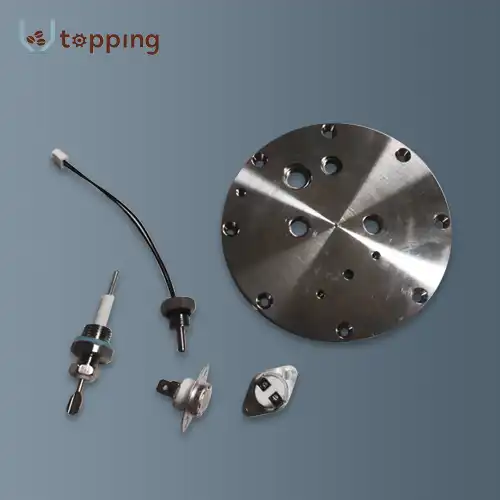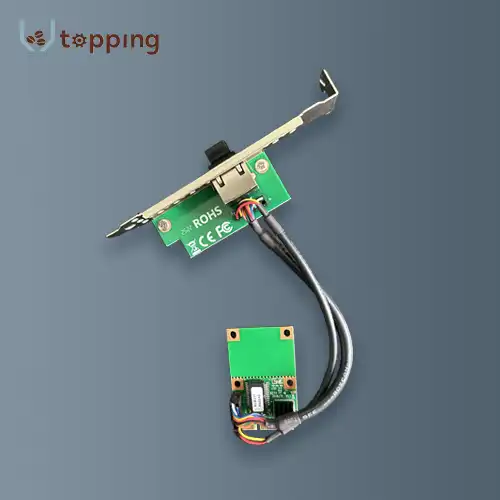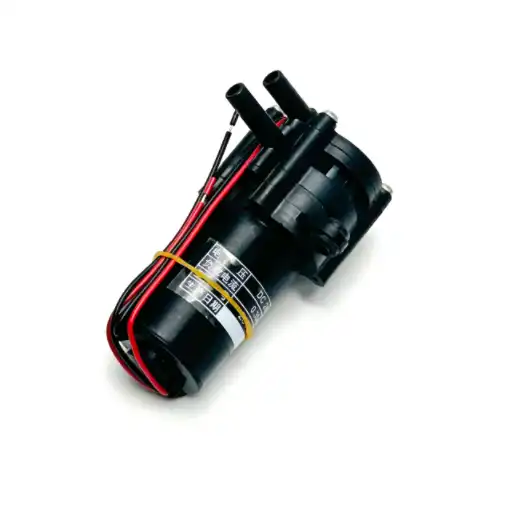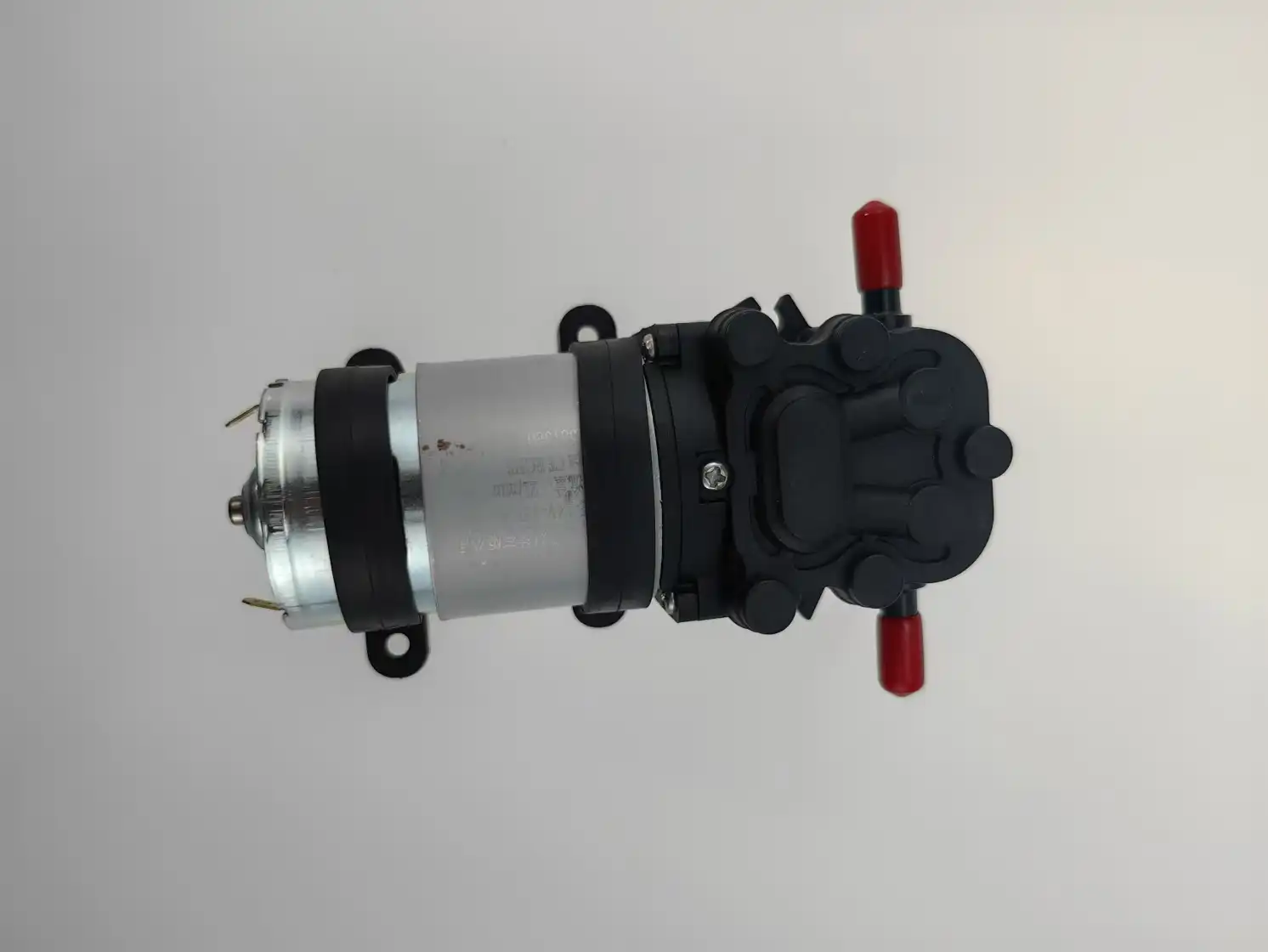What does a coffee sieve do?
2024-08-22 16:13:51
1. Introduction
Coffee sieving is an essential step in the coffee-making process that casual coffee drinkers frequently overlook. However, the coffee sieve plays a crucial role in ensuring consistently high-quality brews for coffee enthusiasts and professionals. This tool, which is simple to make but powerful at the same time, helps grind coffee have a uniform distribution of particle sizes, which is important for getting the best flavor and extraction.
It is impossible to overstate the significance of products in coffee preparation. By removing unwanted particles and ensuring a more consistent grind size, they significantly improve the final cup's overall quality. This uniformity is essential for achieving balanced extraction, in which all desired flavors are extracted from the coffee grounds without over- or under-extracting, which can result in bitterness.
Coffee sieves' purpose, the science behind their use, and their contribution to the art and precision of coffee making will all be examined as we delve deeper into the subject. Understanding the role of coffee sieves is a crucial step toward mastering the perfect brew, whether you're a professional or a home barista looking to improve your coffee skills.
2. What is a coffee sieve?
A coffee sieve, also known as a coffee sifter or classifier, is a straightforward but effective tool that is utilized in the preparation of coffee to sort coffee grounds by size. A product is made up of a circular frame that holds a mesh screen with uniform openings at its core. Particles smaller than a certain size can pass through these openings while larger particles are kept inside.
The primary objective of a coffee sieve is to remove unwanted particles so that the grind size is more uniform. Fines, which are very small particles, and boulders, which are unusually large particles, can have a negative effect on the extraction process. Baristas and coffee enthusiasts can ensure a more consistent distribution of particle sizes by sifting ground coffee. This is important for even extraction and a balanced flavor.
The mesh size of products is typically measured in microns or mesh numbers, and they can be made of a variety of materials and sizes. The typical mesh sizes for coffee range from 200 to 1000 microns, which correspond to various grind sizes that are appropriate for a variety of brewing techniques. For example, a better lattice may be utilized for coffee grounds, while a coarser cross section would be more fitting for French press espresso.
Coffee sieves are used for more than just making coffee more consistent. Additionally, they are useful tools for evaluating grind quality, assisting coffee professionals in evaluating and optimizing their grinders. The products and particle size analyzers are frequently used in specialty coffee shops and roasteries to control the grinding process precisely.

3. Composition of Coffee Beans
Understanding the composition of coffee beans is crucial to appreciating the role of coffee sieves. Coffee beans are complex structures composed of various components, each contributing to the final flavor profile of brewed coffee. When coffee beans are ground, these components are broken down into particles of different sizes.
The main parts of a coffee bean include:
1. Cellulose: This forms the cell walls of the coffee bean and is largely insoluble in water. It contributes to the body of the coffee but can lead to bitterness if over-extracted.
2. Carbohydrates: These include simple sugars and complex polysaccharides. They play a significant role in the sweetness and body of the coffee.
3. Lipids: Coffee oils contain many aromatic compounds that contribute to the coffee's flavor and mouthfeel.
4. Proteins: These break down during roasting and contribute to the formation of melanoidins, which affect the color and flavor of coffee.
5. Acids: Various organic acids in coffee contribute to its brightness and complexity.
When coffee is ground, these components are broken down into particles of varying sizes. The smallest particles, known as fines, are typically less than 100 microns in size. These fines extract very quickly and can lead to over-extraction if not managed properly. On the other hand, larger fragments, sometimes called boulders, can be several times larger than the target grind size. These larger particles extract more slowly and can lead to under-extraction.
The presence of both fines and boulders in ground coffee can result in uneven extraction, where some parts of the coffee are over-extracted (leading to bitterness) while others are under-extracted (resulting in sourness or lack of flavor). This is where products become invaluable, helping to achieve a more uniform particle size distribution and, consequently, a more balanced and flavorful cup of coffee.
4. How Sieving Works
The process of coffee sieving is based on the principle of particle size separation. When ground coffee is placed on a sieve and agitated, the particles are given the opportunity to pass through the mesh openings. The size of these openings determines which particles can pass through and which are retained.
Here's a step-by-step breakdown of how coffee sieving works:
1. Grinding: Coffee beans are first ground to the desired coarseness for the intended brewing method.
2. Sieve Selection: A sieve with appropriate mesh size is chosen based on the target grind size.
3. Loading: The ground coffee is placed on top of the sieve.
4. Agitation: The sieve is gently shaken or tapped, allowing the coffee particles to move across the mesh surface.
5. Separation: As the coffee moves, particles smaller than the mesh openings fall through, while larger particles are retained on top.
6. Collection: The sifted coffee (particles that passed through) and the retained coffee (particles that didn't pass) are collected separately.
This process effectively removes fines and ensures a more uniform particle size distribution. For even more precise control, multiple sieves with different mesh sizes can be stacked, allowing for the separation of coffee grounds into various size categories.
The effectiveness of sieving depends on several factors, including the mesh size, the duration and intensity of agitation, and the properties of the coffee grounds themselves (such as moisture content and static charge). Proper technique is crucial to ensure thorough and consistent sieving without damaging the coffee particles.
5. Sieve Types and Selection
5. Sieve Types and Materials Coffee sieves are available in a wide range of designs and materials, each with distinct advantages. The efficiency and effectiveness of the sieving procedure can be significantly affected by the sieve used. The following are some common types of products and considerations to make when selecting one:
Variety of sieves:
1. Separators for metal: Typically made of stainless steel, these are durable and resistant to corrosion. Despite their higher cost, they provide precise and consistent sieving.
2. Plastic sieves: Because they are light and cheap, plastic sieves are good for use at home. However, they might accumulate static charge and not last as long as metal sieves do.
3. Nylon mesh sieves: These strike a balance between durability and cost. They are less susceptible to static buildup than metal sieves.
4. Sieves in layers: These stack multiple mesh sizes, allowing for simultaneous particle size range separation.
Choosing the Correct Sieve:
1. Mesh dimension: Choose a mesh size that is appropriate for your brewing method. Drip coffee can use meshes as coarse as 800 microns, whereas espresso can use meshes as fine as 400 microns.
2. Material: Consider the sieve's durability, ease of cleaning, and resistance to static buildup.
3. Volume and Size: Select a sieve size that is proportional to the quantity of coffee produced.
4. Precision: For professional use, look for sieves with certified mesh accuracy.
5. Convenience: Consider features like stackability, ergonomic handles, and secure lids.
6. Budget: Find a balance between the price, the quality of the sieve, and your specific needs.
By selecting the appropriate product, you can guarantee higher-quality, more consistent coffee grounds. Better extraction and, ultimately, a better cup of coffee will result from this.
6. Coffee Sieves Wholesale
Large-scale purchases of coffee sieves through wholesale channels can save businesses in the coffee industry money and ensure a consistent supply of high-quality equipment. It is essential to collaborate with reputable manufacturers who are aware of the requirements of the coffee industry when considering wholesale options for them.
They are included in the product line of one such manufacturer: Motor for top. One of their most notable offerings is the fact that all of the O-rings in their products are made of food-safe silicone. This attention to detail is crucial, especially in the coffee industry, where product purity and safety are of the utmost importance.
Since it is inactive, doesn't confer flavors or smells, and can endure the temperatures that are normally experienced during the handling of espresso, food-grade silicone is an incredible material for parts that come into contact with espresso. Businesses in the coffee industry must also use food-grade materials to ensure compliance with food safety regulations.
It's critical to learn as much as you can about the coffee sieves you want to purchase wholesale. This includes the sizes of the mesh, the diameters of the sieves, the frame and mesh materials, and any customization options. From a reputable supplier, you should be able to get comprehensive information about their products and assistance selecting the ideal sieves for your requirements.
For businesses interested in exploring Topping Motor's coffee sieve options, they welcome inquiries at sales@huan-tai.org. When contacting a potential supplier, be prepared to discuss your specific requirements, including the volume of sieves needed, desired specifications, and any particular challenges or needs your business faces in coffee processing.
In conclusion, they play a crucial role in achieving consistent and high-quality coffee grounds. By understanding the function of products, the composition of coffee beans, and the sieving process, coffee professionals can make informed decisions to optimize their coffee preparation. Whether you're a small café owner or a large-scale coffee roaster, selecting the right coffee sieves is an important step in ensuring the quality and consistency of your coffee products.
References
1. Rao, S. (2017). The Professional Barista's Handbook: An Expert Guide to Preparing Espresso, Coffee, and Tea. Scott Rao.
2. Hoffmann, J. (2018). The World Atlas of Coffee: From Beans to Brewing - Coffees Explored, Explained and Enjoyed. Mitchell Beazley.
3. Specialty Coffee Association. (2023). Coffee Standards. Retrieved from [SCA website URL]
4. Illy, A., & Viani, R. (2005). Espresso Coffee: The Science of Quality. Academic Press.
5. Petracco, M. (2005). Our Everyday Cup of Coffee: The Chemistry behind Its Magic. Journal of Chemical Education, 82(8), 1161.
6. Corrochano, B. R., Melrose, J. R., Bentley, A. C., Fryer, P. J., & Bakalis, S. (2015). A new methodology to estimate the steady-state permeability of roast and ground coffee in packed beds. Journal of Food Engineering, 150, 106-116.
Send Inquiry
Related Industry Knowledge
- How to choose the right operating system for Control Board For Vending Machine?
- Why do we use volumetric counter?
- What is a volumetric counter?
- How Much Power Does a Coffee Grinder Use?
- How Do Cup Dispenser Designs Impact User Convenience?
- Touch screen for vending machine
- Does a better grinder make better coffee?
- Is a grinder more important than an espresso machine?
- Coffee machine pump not working
- Do vending machines have cameras inside





.webp)




